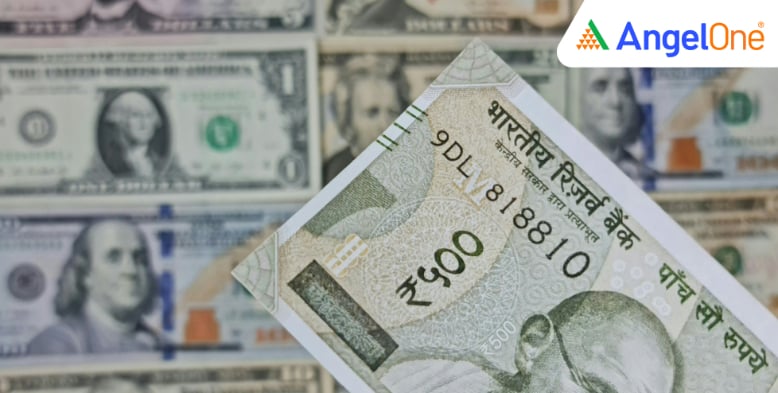
India’s central bank is reportedly taking steps to address tightening liquidity conditions through the resumption of foreign exchange (FX) swaps. As per Bloomberg reports, the move reflects the Reserve Bank of India’s (RBI) efforts to strike a balance between maintaining economic growth and ensuring currency stability, particularly as India faces the highest US tariffs in Asia.
According to Bloomberg, the RBI has begun a new round of FX swap operations in which it exchanges US dollars for rupees to infuse liquidity into the banking system. The swaps, which are largely of an 18-month tenure, are designed to counterbalance the recent liquidity drain caused by the central bank’s interventions in the currency market.
When the RBI bought rupees to support the local currency, it simultaneously absorbed cash from the financial system. The fresh FX swaps aim to replenish this shortfall. The RBI’s net short US dollar book stood at US$53.4 billion in August, significantly lower than the record high of US$88.8 billion recorded in February.
This indicates that the central bank had been gradually unwinding its swap positions over the past few months before this latest reversal.
The reported FX swaps highlight the central bank’s strategy to manage multiple objectives while stabilising the rupee while ensuring that banks have adequate liquidity to support credit growth and consumption. The move aims to defend the currency without causing a liquidity squeeze that could slow economic activity.
Bloomberg’s data shows that the rupee’s volatility has eased in recent weeks, with the currency maintaining stability around the ₹89 per US dollar mark.
The FX swaps involve the RBI purchasing US dollars from banks in exchange for rupees, with an agreement to sell those dollars back at a later date. This mechanism allows the central bank to inject short-term rupee liquidity into the system while ensuring future dollar availability.
The cost of locking in US dollars for future delivery has also dropped by nearly 14 basis points this month, suggesting improved liquidity expectations in the currency market. While overall system liquidity has moved from a deficit in late September to a marginal surplus following a series of short-term infusions, it remains lower than the August peak of over ₹4 trillion.
Read more: RBI Unveils Retail Digital Currency Sandbox for Innovation
The RBI’s renewed use of FX swaps underlines its cautious approach to monetary management amid external and domestic challenges. By leveraging swaps to inject liquidity while maintaining exchange rate discipline, the central bank continues to navigate a delicate path between supporting economic momentum and ensuring macroeconomic stability.
Disclaimer: This blog has been written exclusively for educational purposes. The securities mentioned are only examples and not recommendations. This does not constitute a personal recommendation/investment advice. It does not aim to influence any individual or entity to make investment decisions. Recipients should conduct their own research and assessments to form an independent opinion about investment decisions.
Investments in the securities market are subject to market risks. Read all the related documents carefully before investing.
Published on: Oct 15, 2025, 2:34 PM IST

Suraj Uday Singh
Suraj Uday Singh is a skilled financial content writer with 3+ years of experience. At Angel One, he excels in simplifying financial concepts. Previously, he cultivated his expertise at a leading mortgage lending firm and a prominent e-commerce platform, mastering consumer-focused and engaging content strategies.
Know MoreWe're Live on WhatsApp! Join our channel for market insights & updates